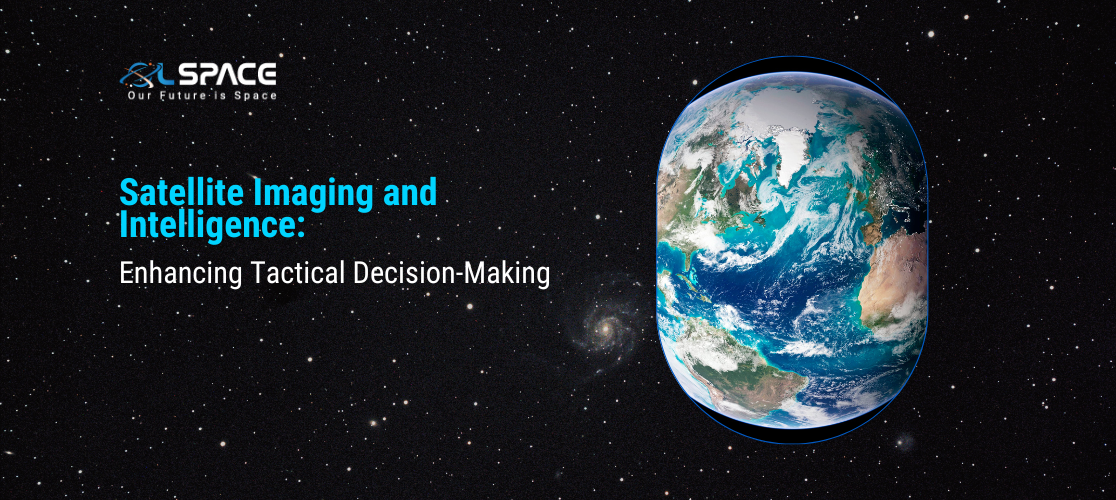27 August 2024
Satellite Imaging and Intelligence: Enhancing Tactical Decision-Making

Satellite imaging and intelligence have revolutionised how governments, military organisations, and businesses approach strategic planning and tactical decision-making. This technology provides real-time data and insights that are crucial for responding to emerging threats, managing resources, and conducting operations with precision. In this blog, we explore how satellite imaging is enhancing tactical decision-making across various sectors.
1. The Role of Satellite Imaging in Tactical Decision-Making
Real-Time Surveillance: Satellite imaging offers continuous monitoring of global hotspots, enabling real-time surveillance of areas of interest. This capability is essential for military operations, disaster management, and border security.
Precision Targeting: In military operations, satellite intelligence provides precise data on enemy positions, movement patterns, and infrastructure. This information is critical for planning airstrikes, ground assaults, and other tactical operations with minimal collateral damage.
Disaster Response: Satellite imagery is invaluable in disaster response scenarios, providing detailed views of affected areas. This helps in assessing damage, coordinating relief efforts, and deploying resources effectively.
Resource Management: Satellite imaging supports effective resource management by providing detailed maps of natural resources, agricultural lands, and infrastructure. This is particularly important for environmental monitoring, urban planning, and sustainable development.
2. Technological Advancements in Satellite Imaging
High-Resolution Imaging: Advances in imaging technology have led to the development of high-resolution satellites capable of capturing minute details from space. This enhances the accuracy of intelligence gathered and improves decision-making processes.
AI and Machine Learning: The integration of artificial intelligence (AI) and machine learning with satellite data allows for automated analysis and pattern recognition. This technology helps in identifying threats, predicting events, and making informed decisions faster.
Geospatial Intelligence (GEOINT): Geospatial intelligence combines satellite imagery with geographic information systems (GIS) to create comprehensive visualisations of areas of interest. GEOINT is essential for military planning, disaster response, and homeland security.
Multi-Spectral and Hyperspectral Imaging:These advanced imaging techniques provide additional layers of information by capturing data beyond the visible spectrum. This is useful for detecting hidden objects, analysing vegetation health, and monitoring environmental changes.
3. Challenges and Future Prospects
Data Overload: The vast amount of data generated by satellites can overwhelm analysts. Developing advanced algorithms and AI systems to manage and interpret this data is crucial.
Cost and Accessibility:The high cost of satellite development, launch, and maintenance can limit access to this technology. However, the increasing availability of commercial satellites is making satellite intelligence more accessible to a wider range of users.
Privacy Concerns:The ability of satellites to capture detailed images raises privacy and ethical issues. Establishing clear regulations and guidelines is essential to balance the benefits of satellite intelligence with individual privacy rights.
Future Innovations:The future of satellite imaging will likely see the integration of quantum computing, enhanced AI capabilities, and more sophisticated sensors, further improving the accuracy and speed of intelligence gathering.
Conclusion
Satellite imaging and intelligence are transforming tactical decision-making, offering unparalleled insights and real-time data that enhance the effectiveness of operations across various sectors. As technology continues to advance, the role of satellites in strategic planning and resource management will only grow, making it a critical tool in our increasingly complex world.
